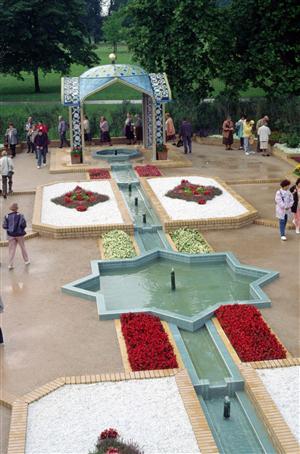
How do you plan a garden?
How do you renovate a garden?
How do you set out a garden to a scale drawing?
What do you need to do to construct a garden?
Aimed at landscapers, landscape designers, landscape architects at a professional level - this course develops an in depth understanding of the principles and procedures for all aspects of planning for development of a hard landscape; including: site assessment, plan drawing, plan interpretation, project specification and construction planning.
-
It assumes a foundation knowledge of landscape and horticultural management.
-
It is a valuable study program for even those who have worked in landscaping for some time, but who seek a deeper and broader knowledge of garden renovation.
-
This course has been developed by professionals in both Australia and the UK, with the aim of being relevant throughout the world